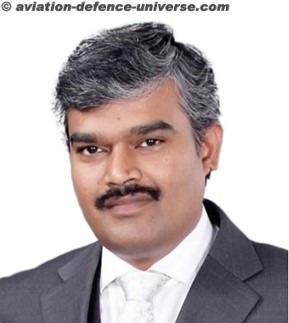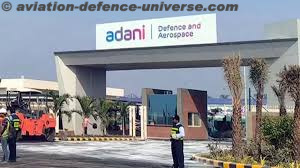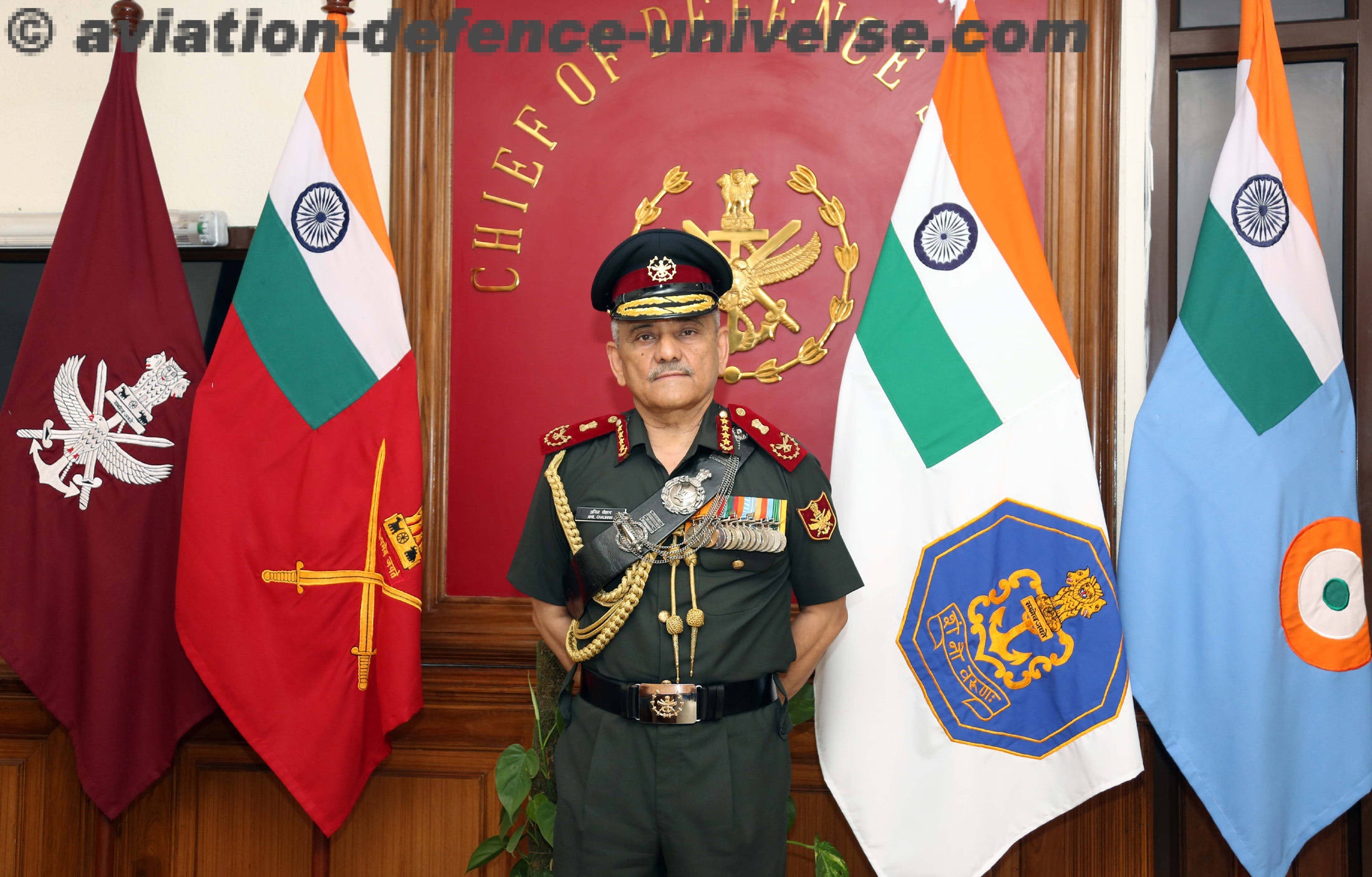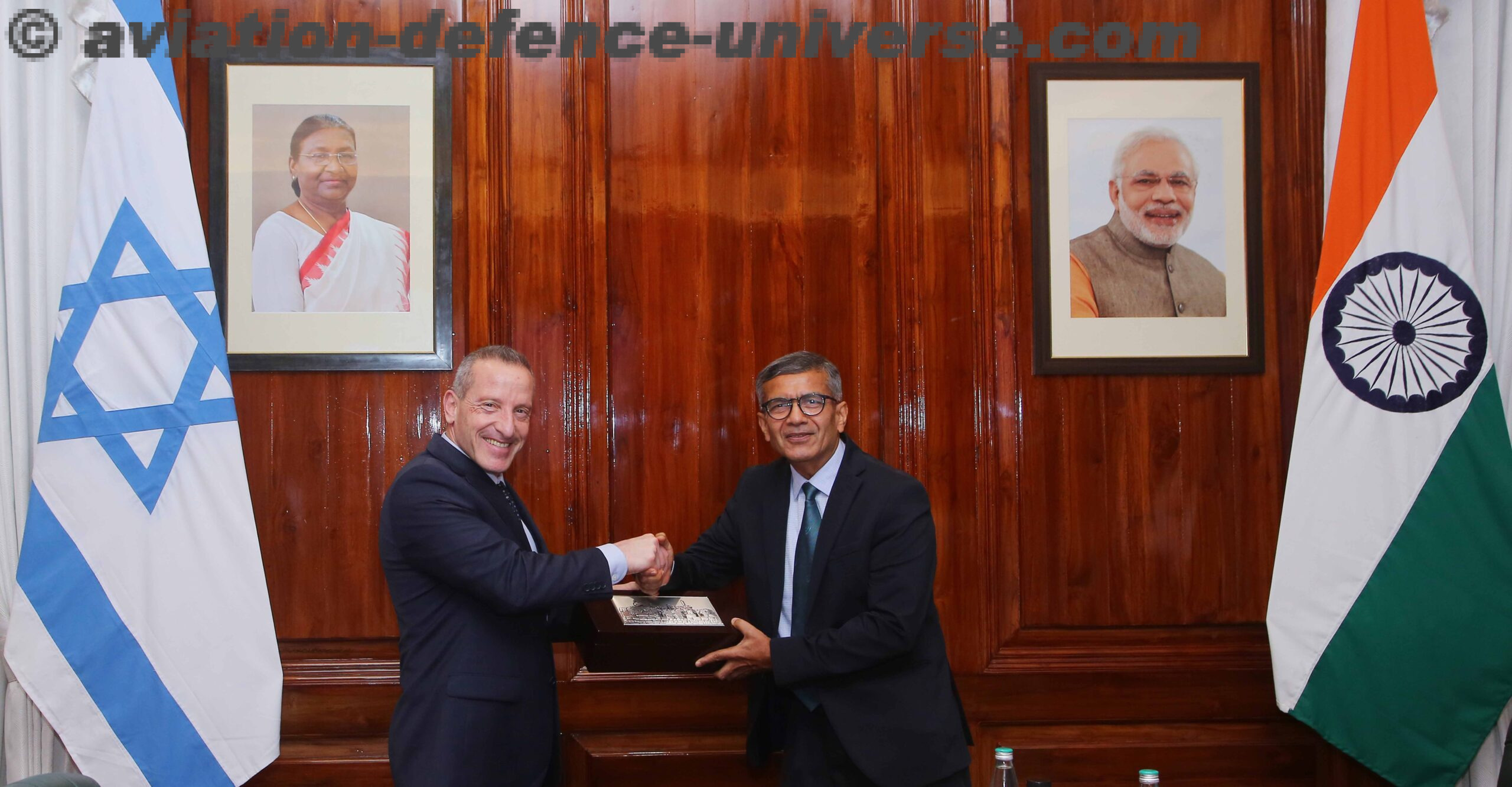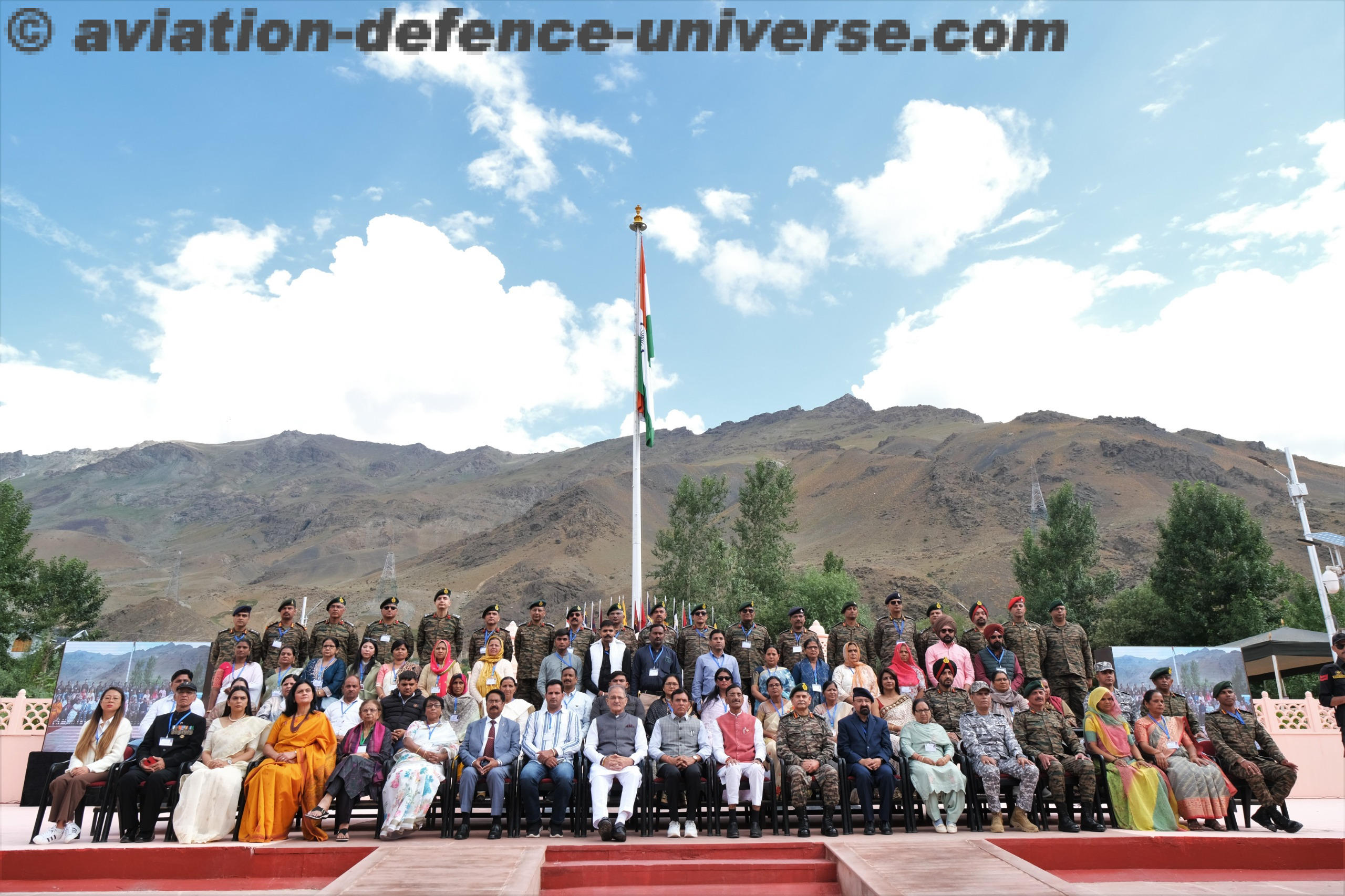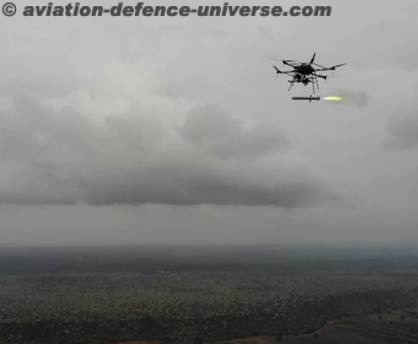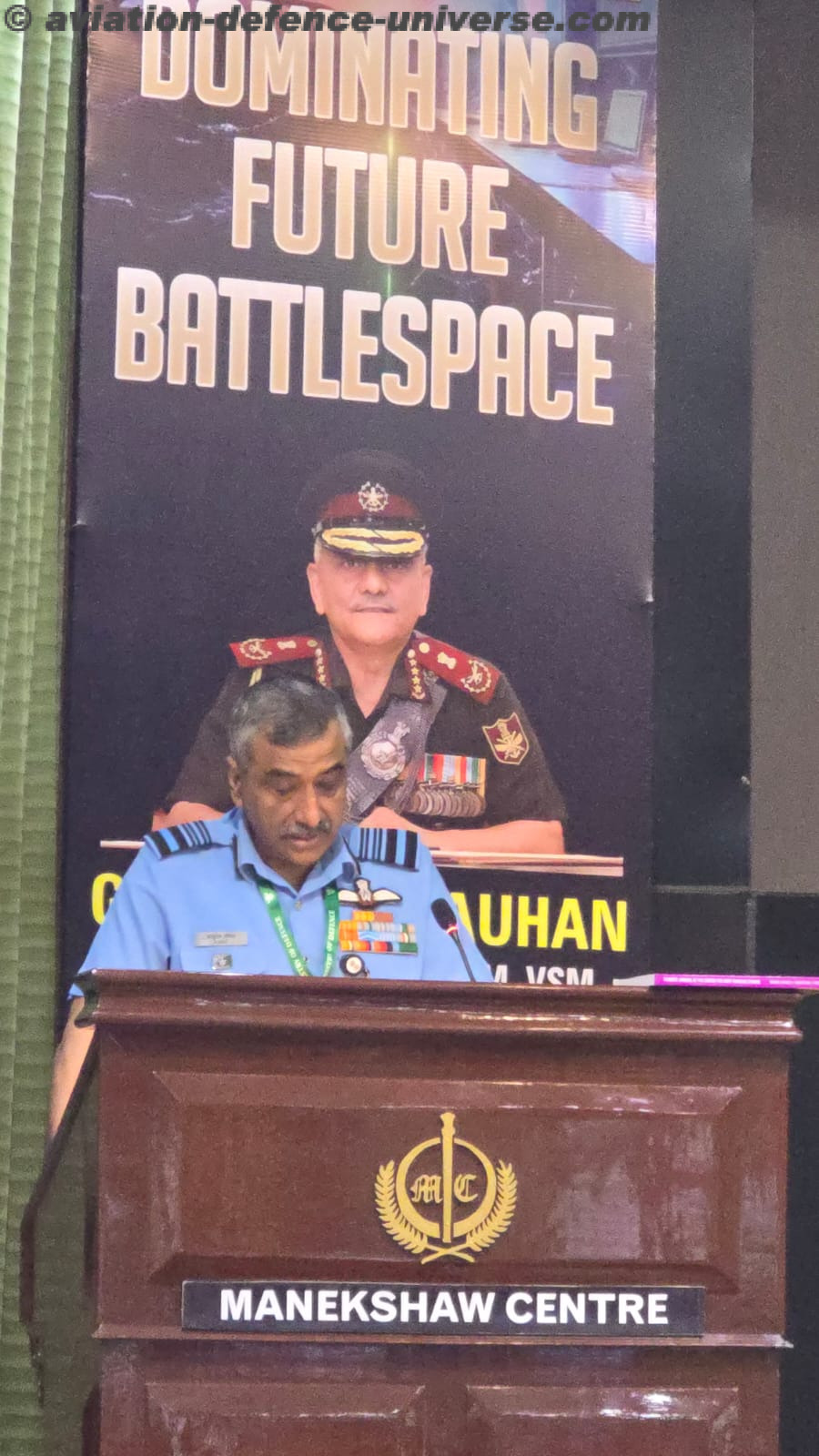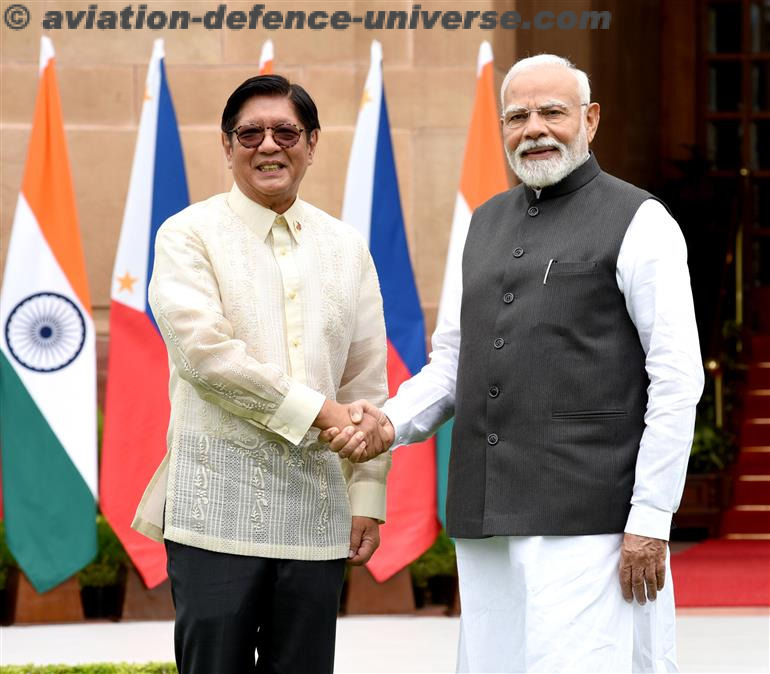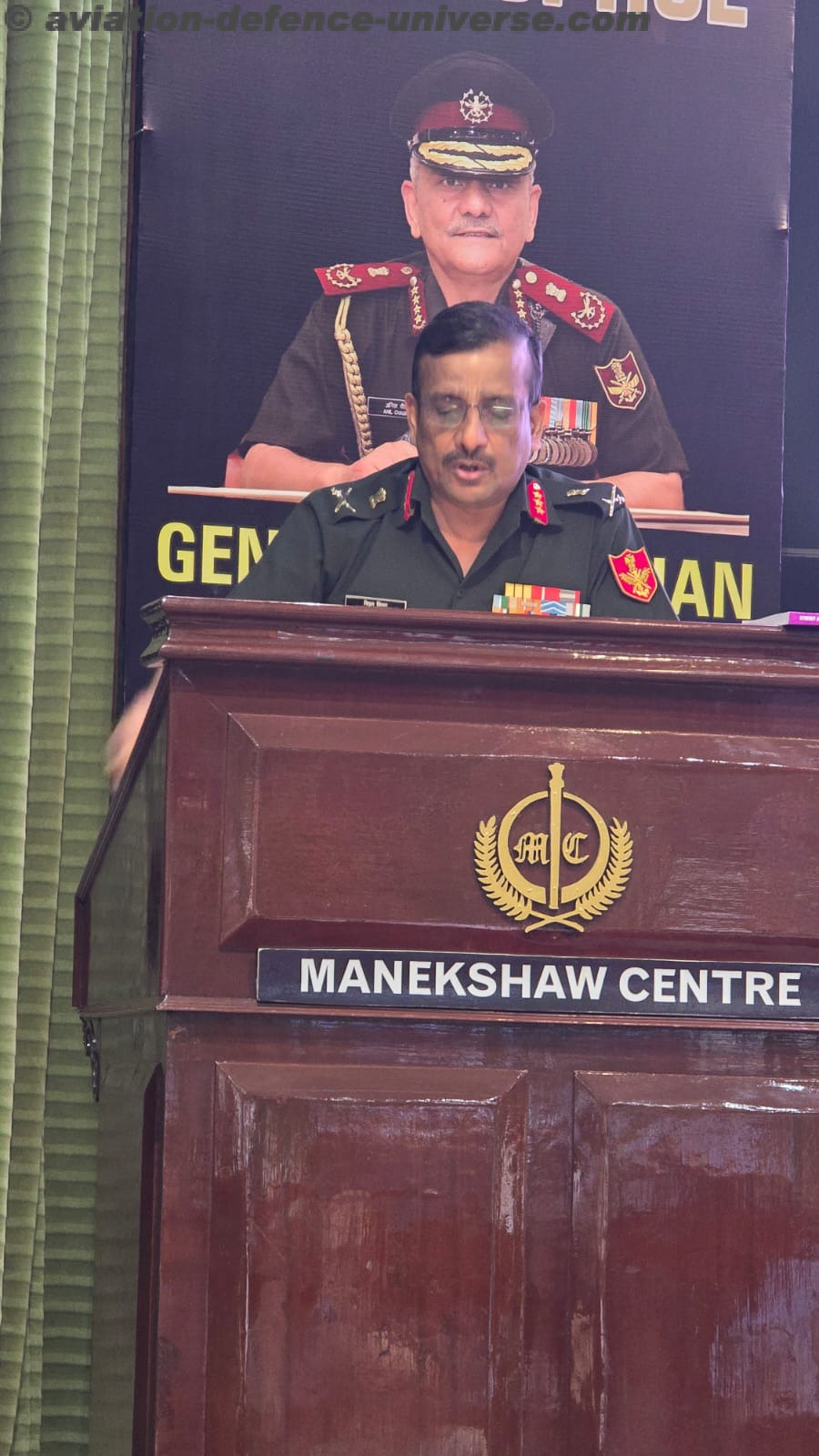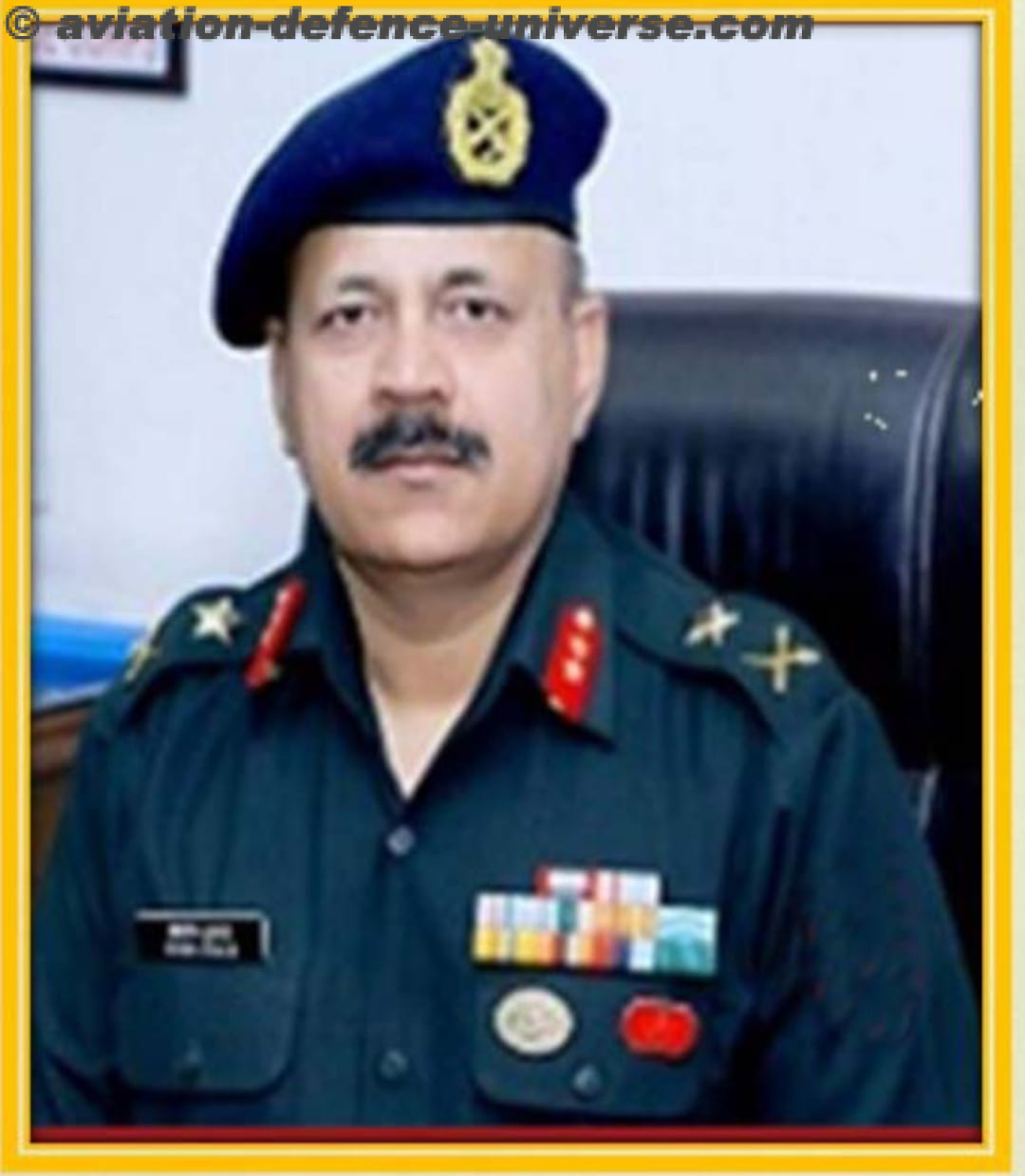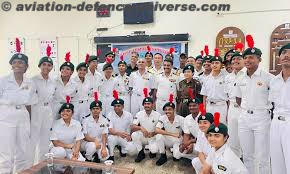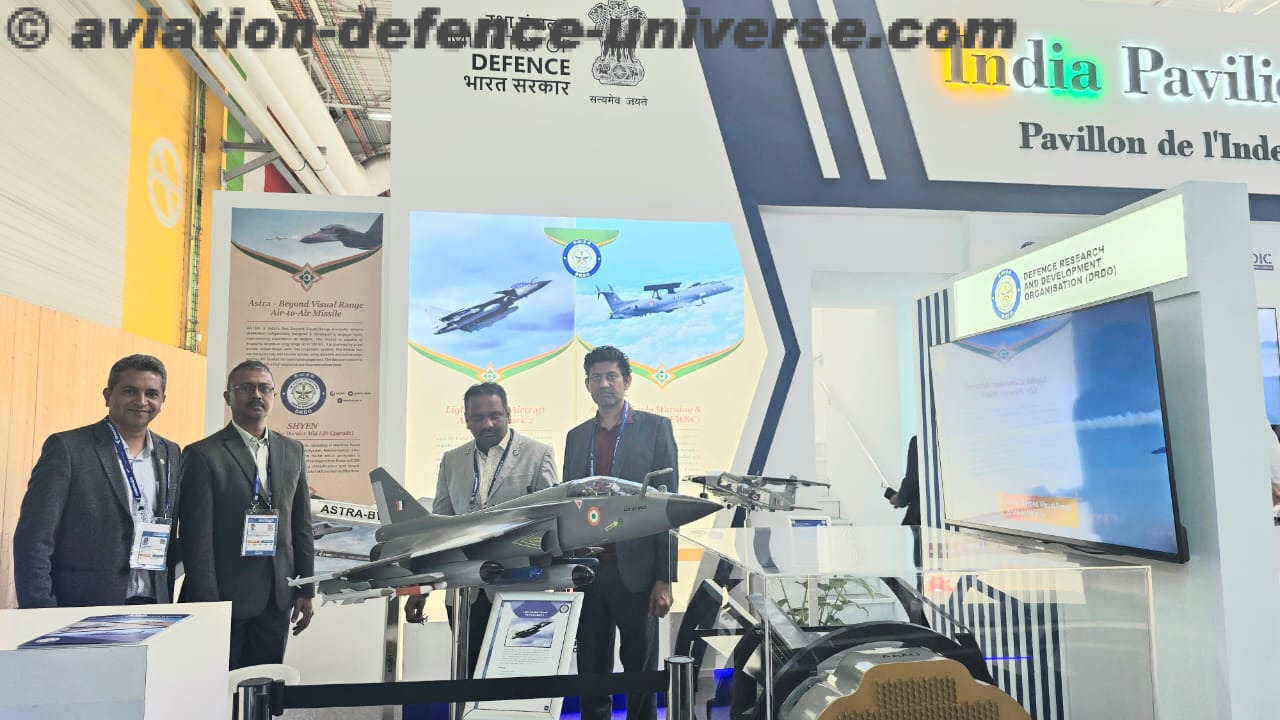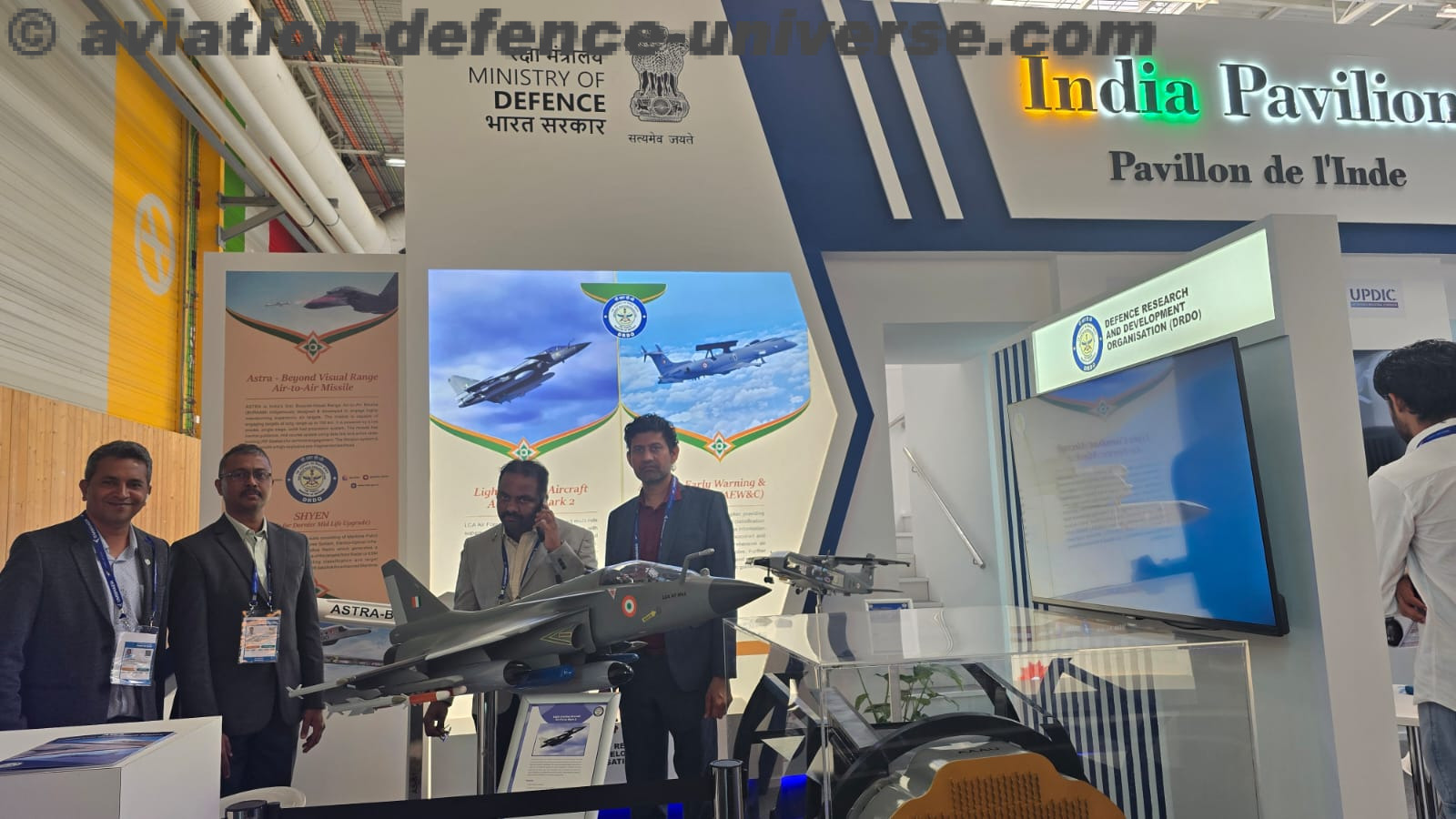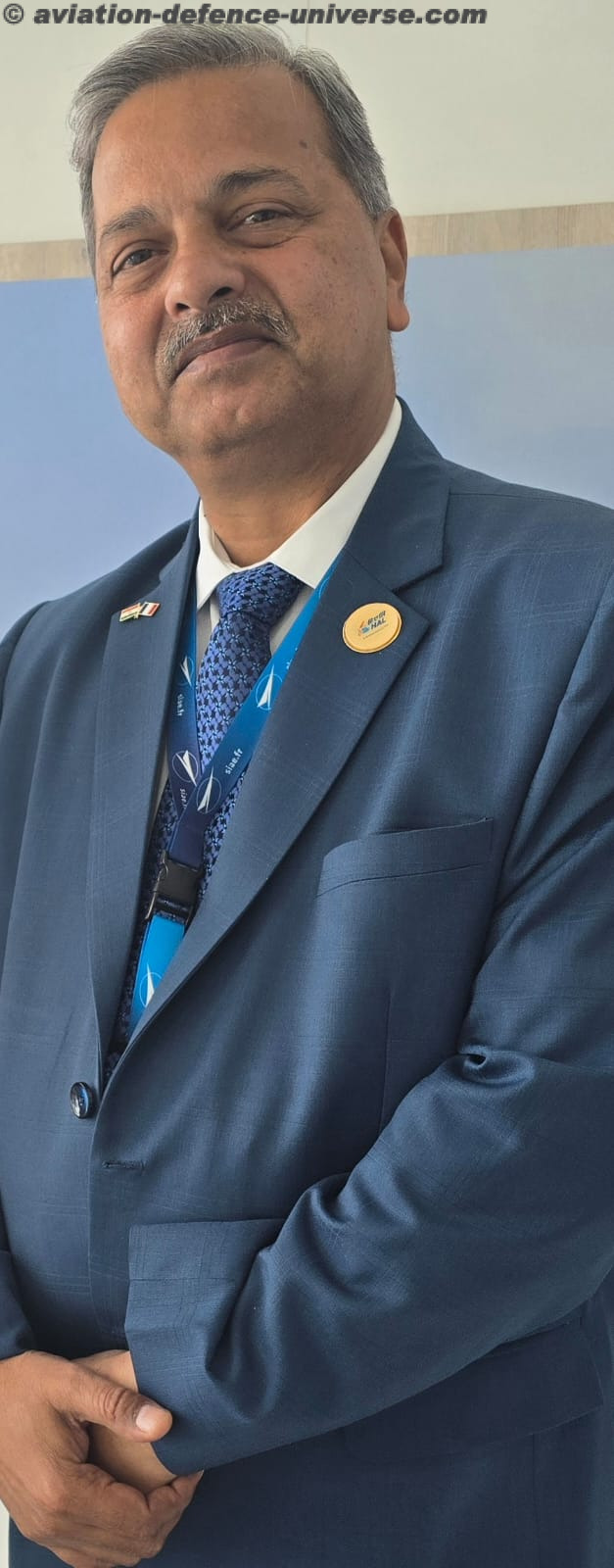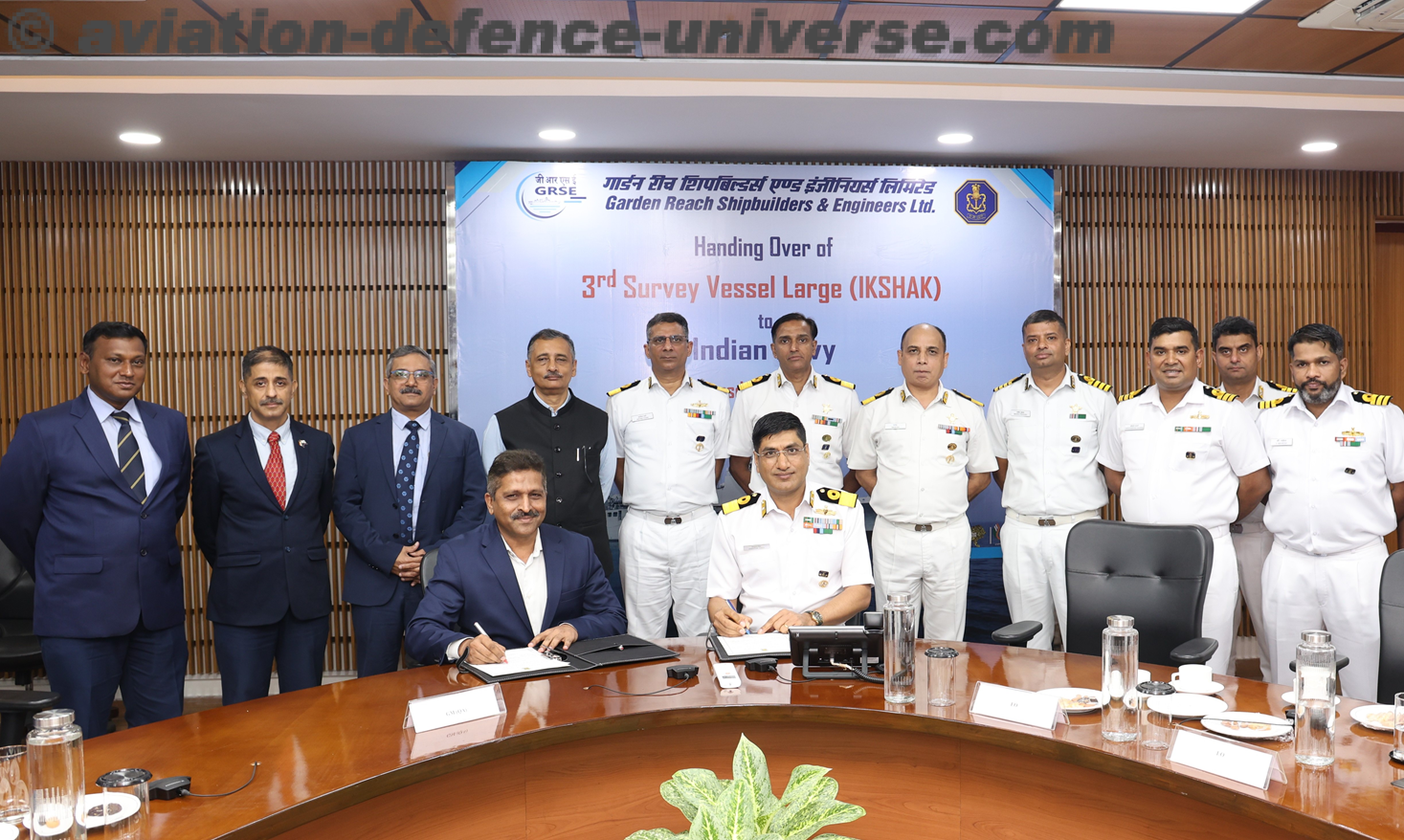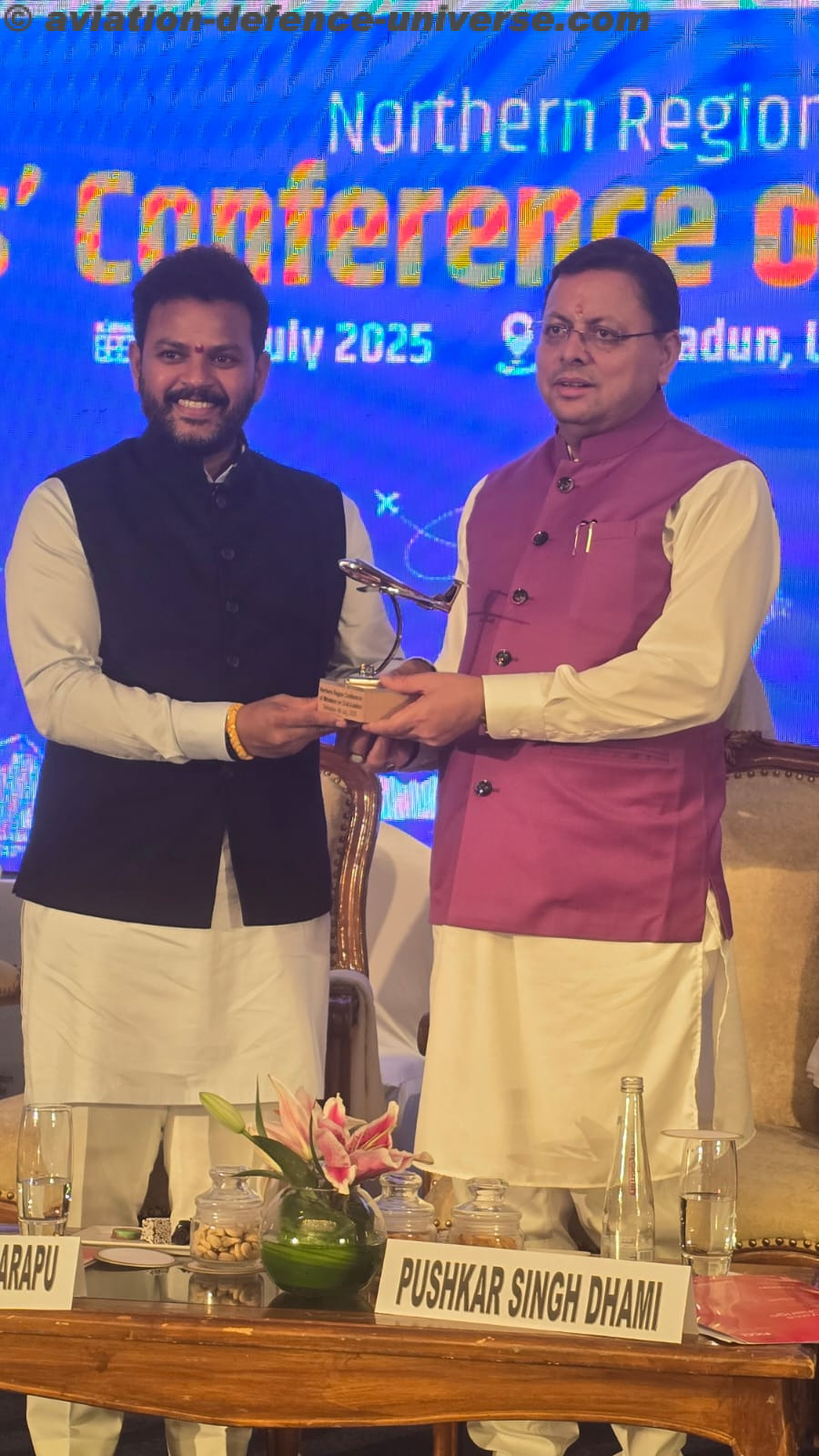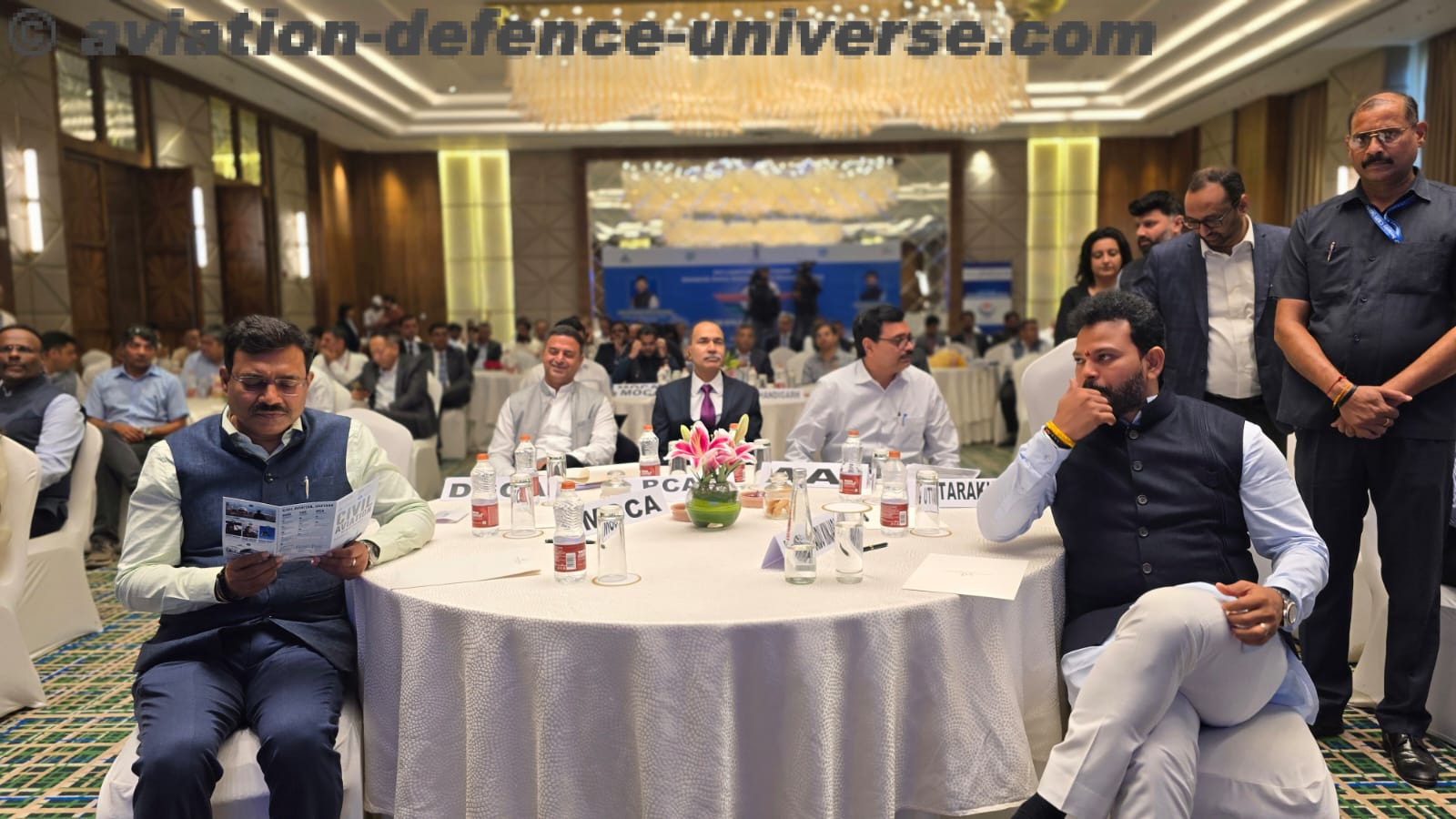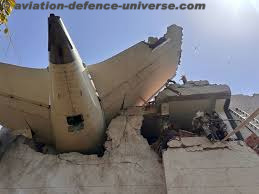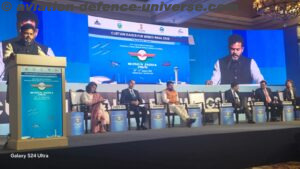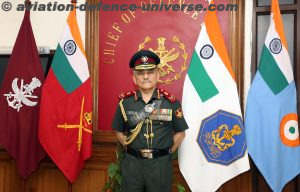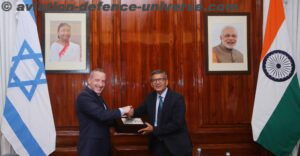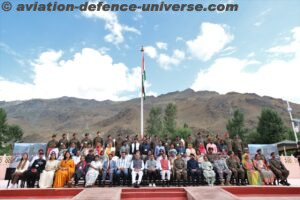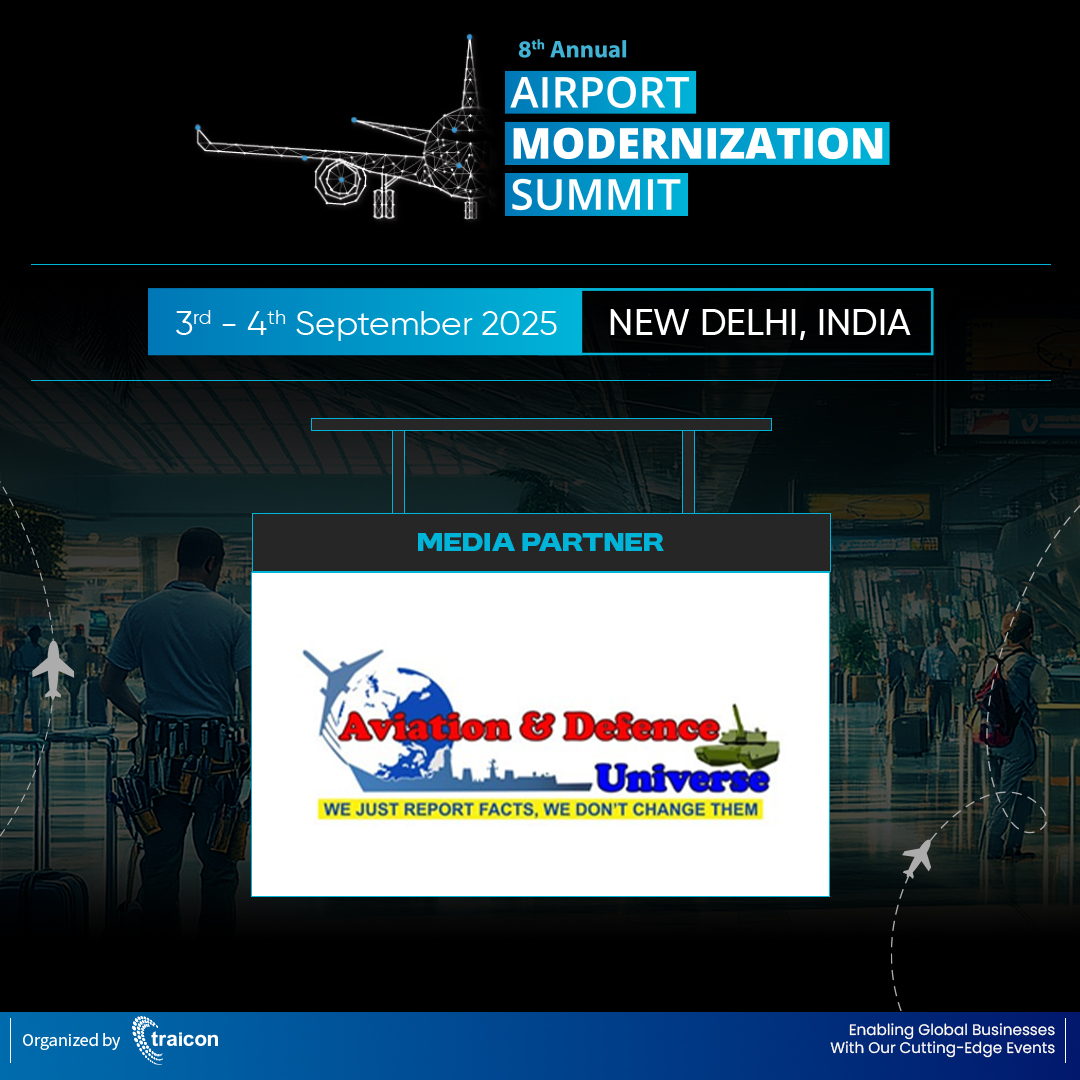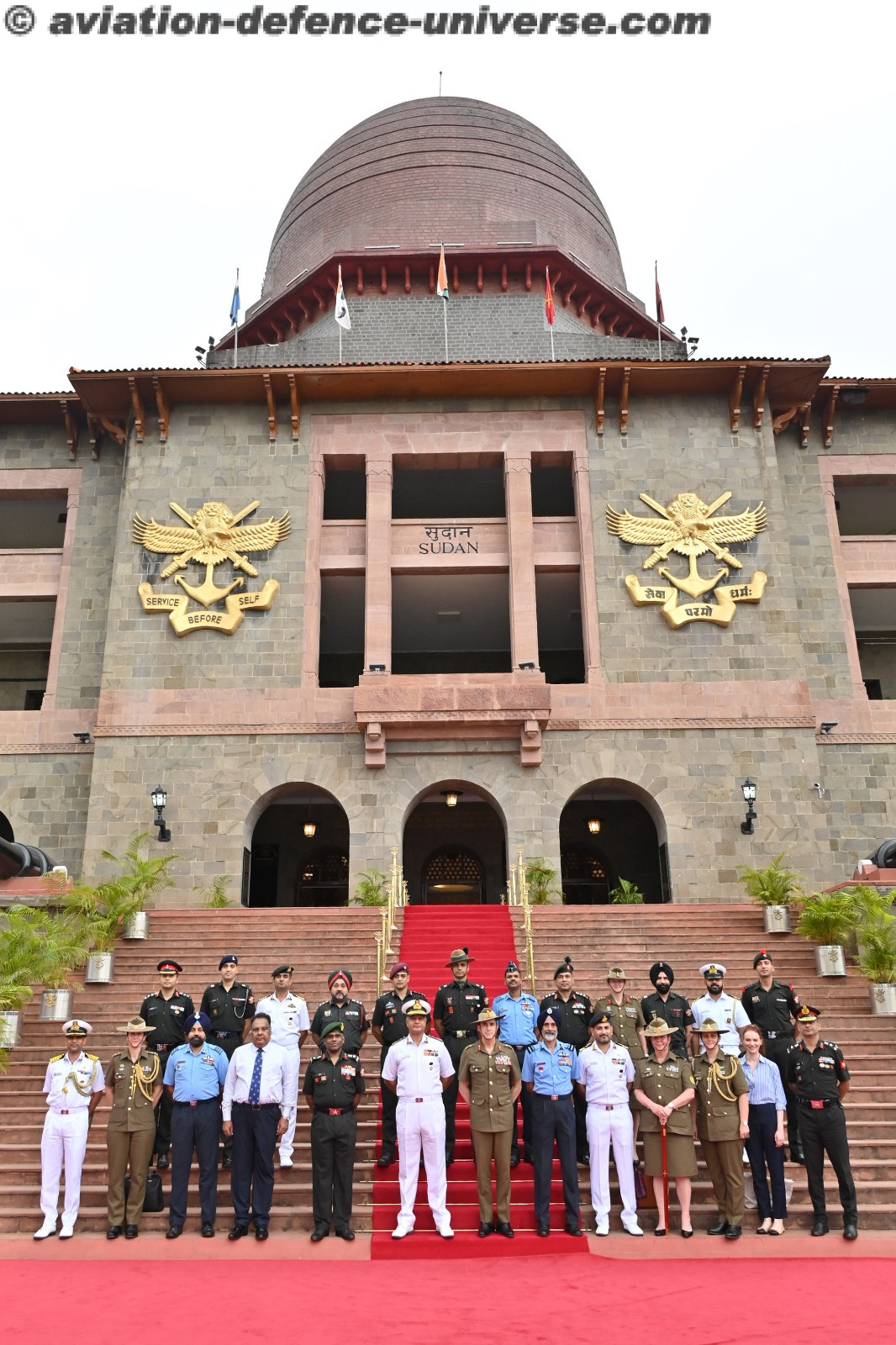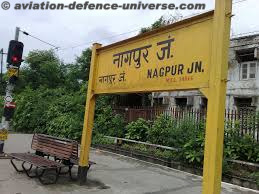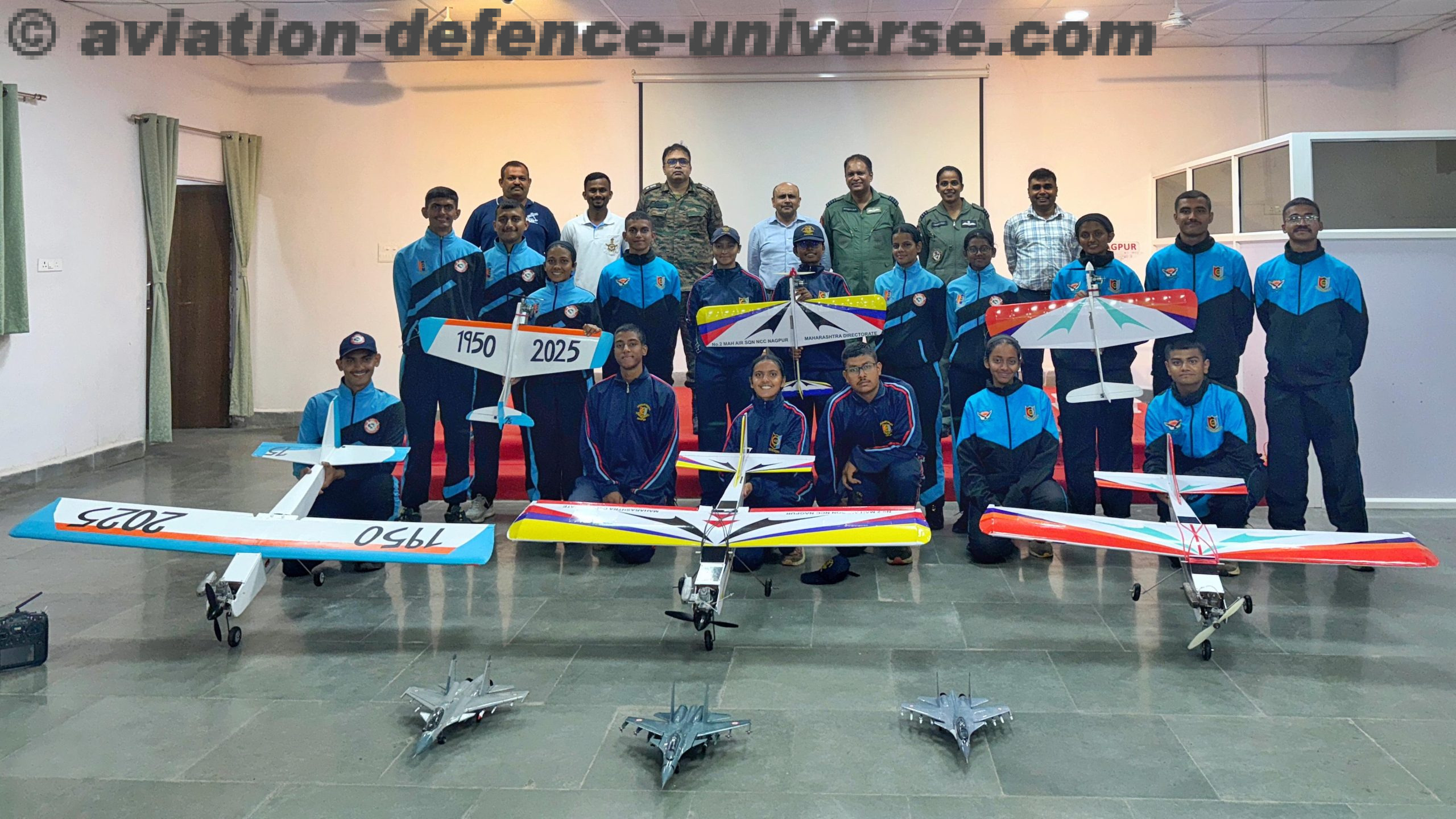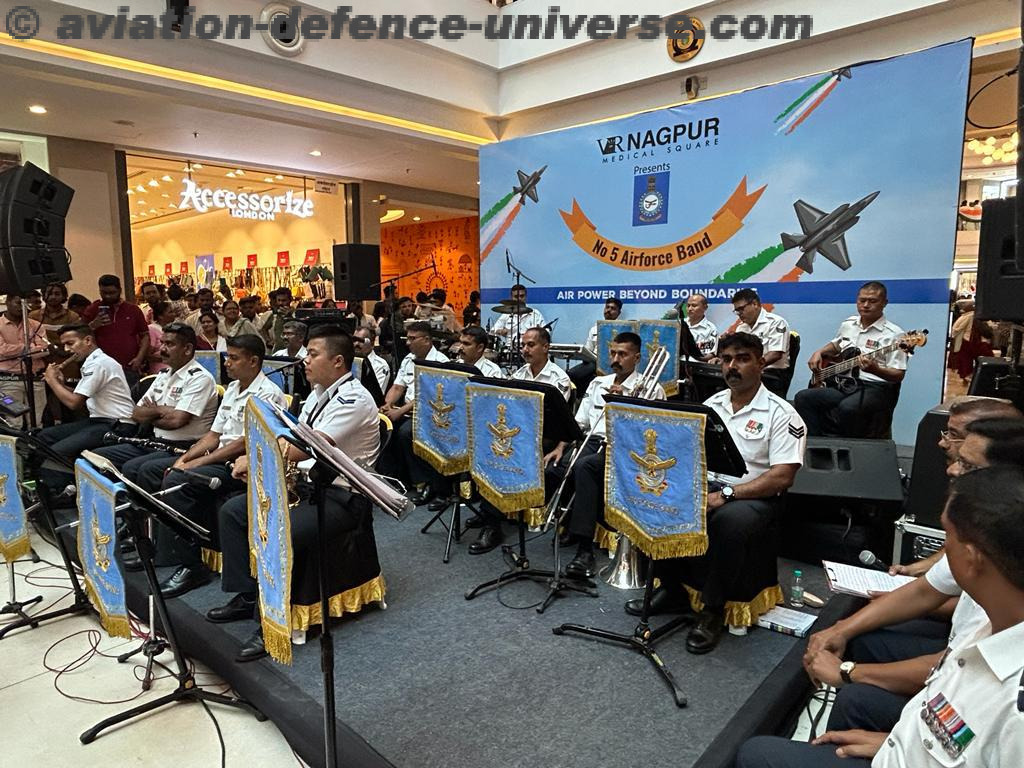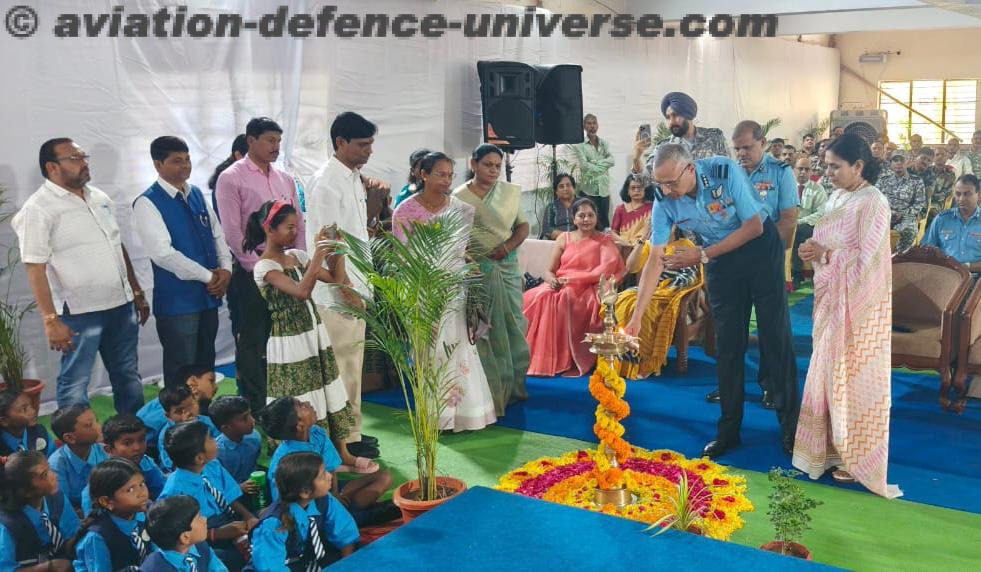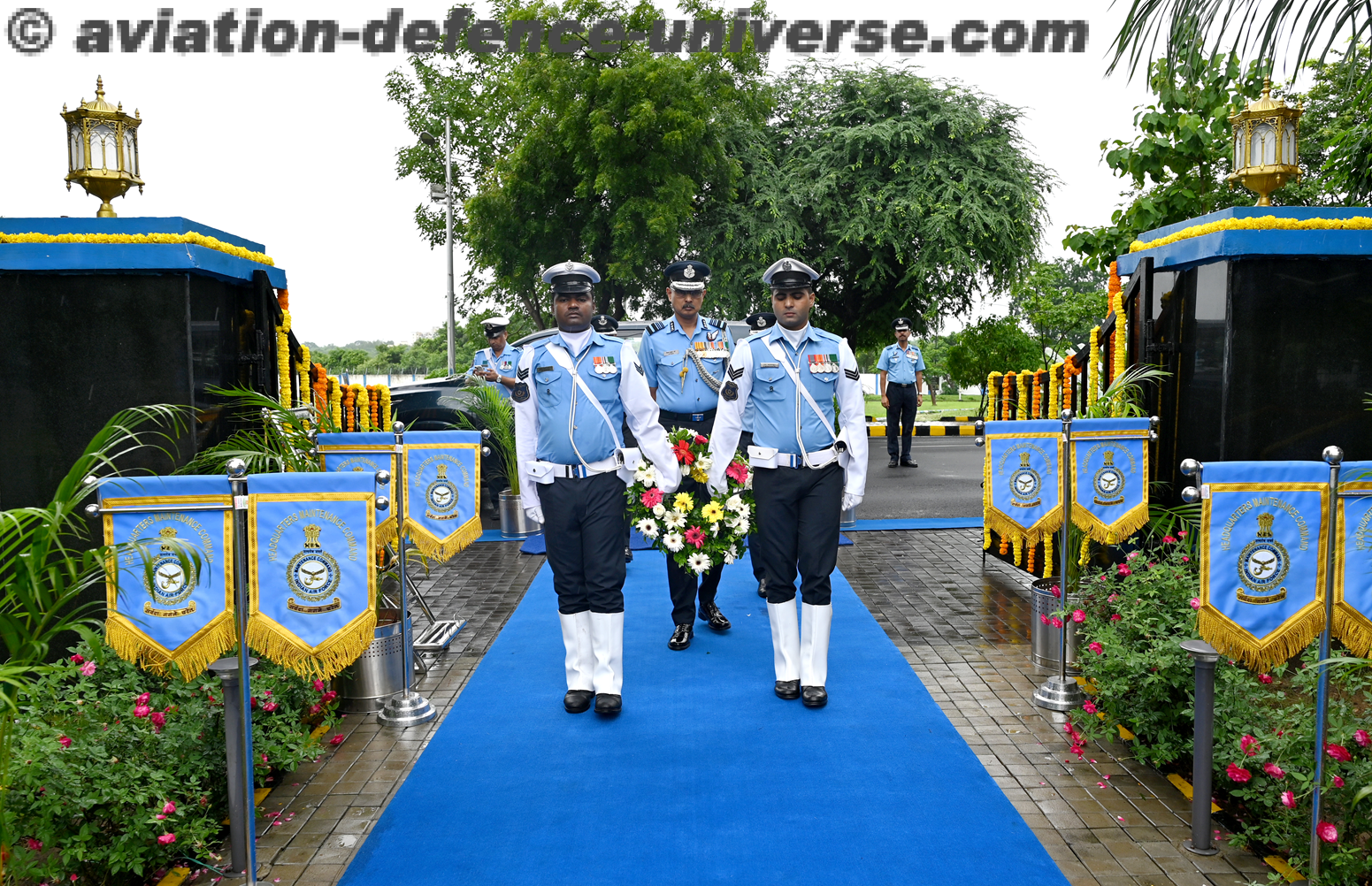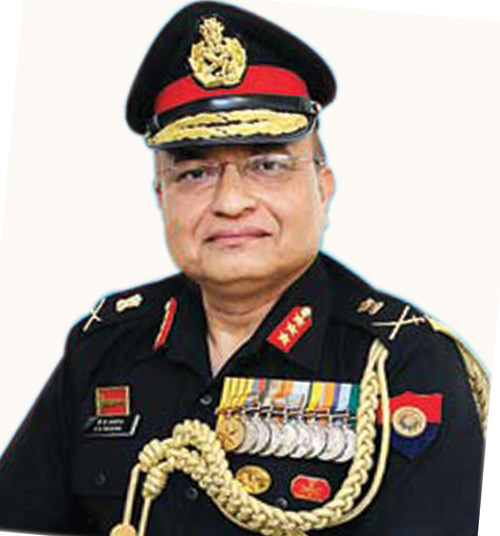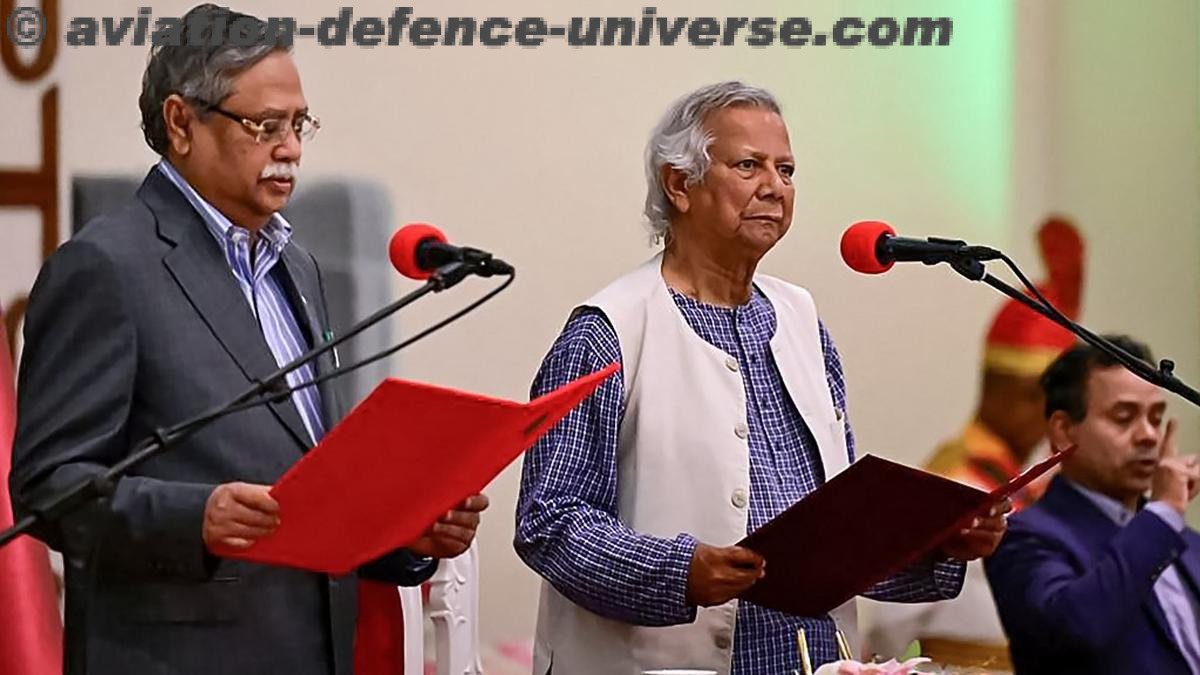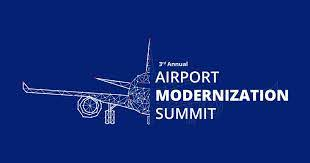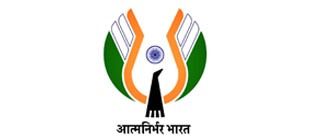- Union Aviation Minister, Chief Ministers & Ministers Unite for 1st Civil Aviation conclave
- From Runways to Heliports: Northern India’s Aviation Push Gets Government Boost
- UDAN, Heliports, and Regional Airports Dominate Northern Region Aviation Dialogue
- India’s Hill States Demand Tailored Aviation Policy at Dehradun Conclave
By Sangeeta Saxena
Dehradun, Uttarakhand. 04 July 2025. In a landmark event aimed at reimagining regional air connectivity and infrastructure, the first-ever Northern Region Civil Aviation Conclave of Ministers convened in Dehradun. Organised by the Ministry of Civil Aviation, this high-level gathering brought together ministers, bureaucrats, and aviation stakeholders from seven states and three union territories, with a focus on accelerating air infrastructure in mountainous and underserved regions of India.
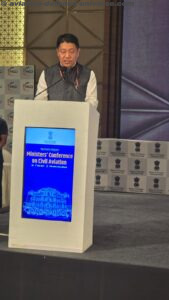
We live in a time where the aviation industry faces both unprecedented challenges and boundless opportunities. And this gathering of leaders, policy makers and industry experts is both timely and essential,” said Asangba Chuba AoJoint Secretary Ministry of Civil Aviation and welcomed the gathering.
“There is a special focus going to be put on hilly states, the Himalayan states, and especially the aspirational districts of the country. And if you look at the northern region alone, then since 2016, through UDAAN with a RCS budget of over 1860 crores, we have operationalised around 27 airports, including Hisar recently, Shimla, Bhatinda, Kishangadh, Bareilly and Pantnagar. These projects have become transformational for interstate and also short region connectivity,” stated Minister of Civil Aviation K RamMohan Naidu.

“In the last one decade itself, the annual aircraft movements in the northern region have increased by an impressive 3,80,000 flights. The passengers handled at the airports of the north have increased by 2.5 times now. And the terminal passenger handling capacity in the region has also seen remarkable growth, doubling from 69 million in 2013-14 to 154 million passengers per annum in 2024-25. And the cargo expansion in the northern region has been unbelievable. The international freight has increased by 88% and domestic freight has increased by more than 90%. This is a phenomenal progress that we have achieved in cargo movement in the country,” he added.
In the first year as the Aviation Minister, eight new airports have been inaugurated and two of which are coming from the northern region, Sarsawa in Uttar Pradesh and Hisar in Haryana. Numerous significant projects have been undertaken across the northern region to enhance aviation infrastructure, boost operational connectivity and improve the overall passenger experience. Right here in Dehradun, the airport’s new domestic passenger terminal was operationalised last year with an investment of more than 480 crores, informed Naidu.

Welcoming the gathering he stated that the state felt really privileged to be chosen as the venue for the first such conference and was excited that Himalayan states and their needs were the focus of attention of the Ministry of Civil Aviation. He was excited that the government at the centre was keeping the availability of natural assets and scope of revenue generation through attracting tourism beyond religious one in mind and planning the aviation expansion in the nation by stressing on the role of these states. Out of the 18 airports in the state 12 were operative he informed.
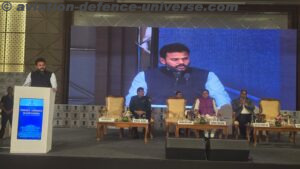
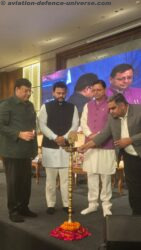
He informed, “ So far, the atmosphere has been good. Now, we have some presentations from the Government of India, Ministry of Civil Aviation. After that, we will have one-on-one meetings with all the states, where they will discuss their individual issues with us, and we will try to move forward with their timeline and agenda. So for that, I would like to thank the Chief Minister of Uttarakhand and the Government for their good support. And I would also like to congratulate Pushkar Singh Damiji, who has completed four years as Chief Minister of Uttarakhand. We have a very good relationship with the people of Uttarakhand.”
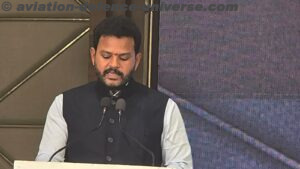

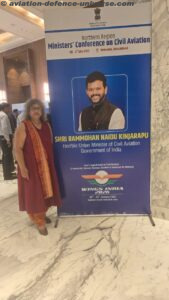
The northern region of India has made significant strides in improving regional air connectivity under the UDAN (Ude Desh ka Aam Nagrik) scheme, with 36 aerodromes operationalised and 1,258 RCS (Regional Connectivity Scheme) routes established. Scenic locations such as Munsiyari in Pithoragarh and Almora have benefited under this initiative, highlighting the government’s commitment to connecting even the most remote and picturesque parts of the country. Building on this success, the government has now announced an extended vision under a modified UDAN scheme that sets ambitious targets for the next 10 years. This renewed roadmap will incorporate learnings from past challenges and focus on deeper collaboration with state governments. Emphasis will be placed on early identification of viable locations, strategic alignment with tourism hubs and industrial corridors, and ensuring optimal distance from existing airports to avoid oversaturation.
Going forward, the states are expected to play a more proactive role by contributing to airport development costs, addressing land acquisition challenges, and improving multimodal 
The conclave marked a crucial step toward shaping a more inclusive, sustainable, and region-specific aviation ecosystem in India. With a sharp focus on infrastructure, viability funding, mountain-specific aviation policy, and helicopter services as lifelines, the discussions echoed a commitment to connecting the remotest parts of the northern region. The Ministry’s roadmap and the states’ enthusiasm together signal a transformative future for aviation in India’s heartland. As Civil Aviation Minister K. Ram Mohan Naidu emphasized, “aviation connects people,” and through this conclave, the government has extended its hand to ensure that even the most remote corners of India are connected, empowered, and ready to fly.



